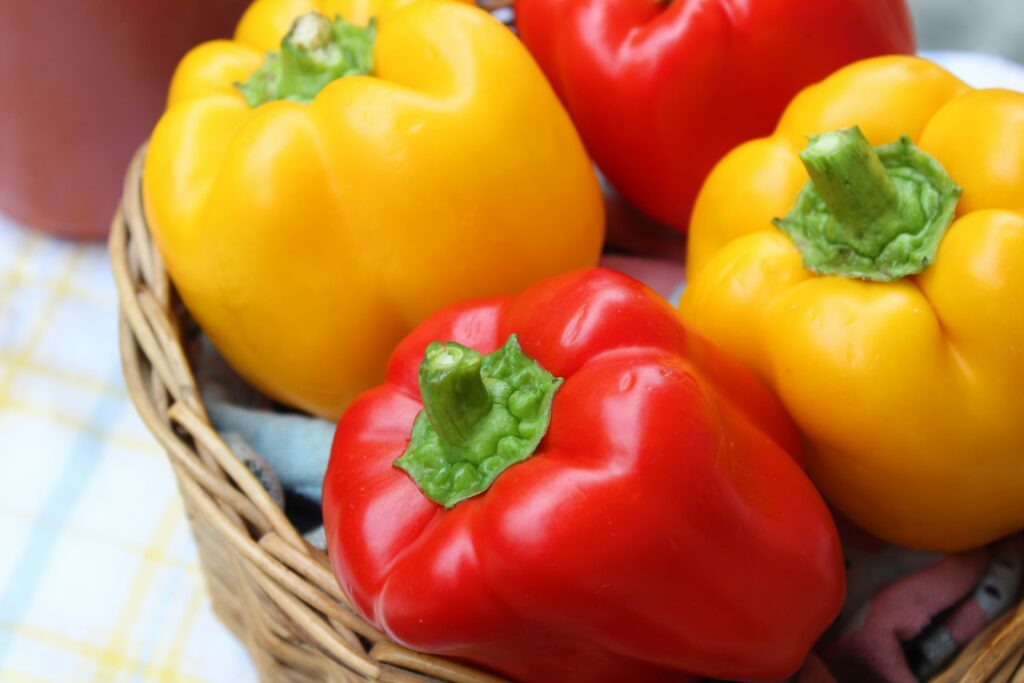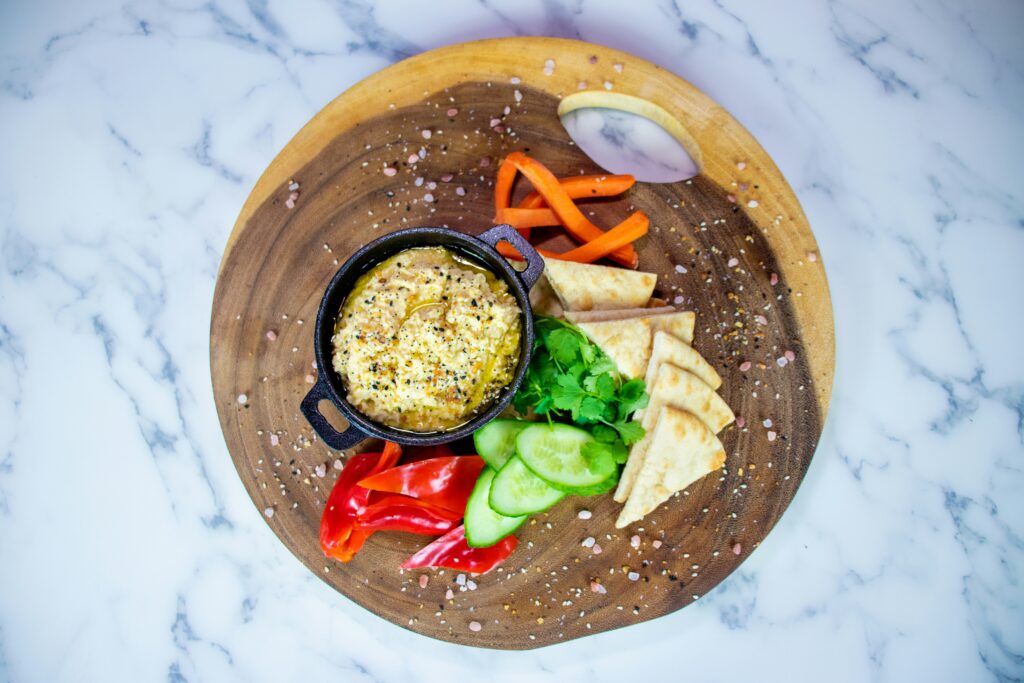Feeding a 1-year-old can be both a challenging and rewarding experience as they transition from pureed foods to the exciting world of solids. This stage is crucial for developing healthy eating patterns and ensuring they get the right nutrients for growth and development. After their first birthday, children transition to eating more like adults than babies with a more diverse set of nutritional needs. Carbohydrates, including whole grain breads, are an essential source of energy for active toddlers playing and learning. Meanwhile, proteins support muscle growth and repair – and they’re not limited to lean meats. Protein can come from foods like beans and peas too!
Omega 3s and other unsaturated fats from avocados, nut butters and seed oils promote healthy brain development. Vitamins and minerals such as iron, calcium and vitamin D are crucial for a 1-year-old’s general health and wellbeing. Getting the recommended daily amounts through food is better absorbed by the body than chewable multivitamins, which are made with unnecessary sugars. Lunch is the perfect opportunity for parents to refuel their little one to keep them going for the rest of the day. Offering a balanced meal helps reinforce healthy habits early. Getting accustomed to well-rounded lunches can also influence wise food preferences and choices as they grow older. Providing variety in taste and texture contributes to a child’s acceptance and enjoyment. Here are some nutritious lunch options to spark inspiration:
Mini Veggie Quesadillas

Quesadillas are not only delicious but are also perfect for small hands. Fill whole-grain tortillas with cheese, beans and finely diced vegetables like spinach or bell peppers. Cook them on a non-stick pan until the cheese melts, creating a crispy and nutritious meal.
Avocado Chicken Salad
Mash ripe avocado and mix it with small pieces of cooked chicken, a dab of yogurt and a sprinkle of lemon juice. This creamy and delightful salad can be served with whole grain crackers or inside a tortilla for a wholesome and energy-packed lunch.
Lentil and Sweet Potato Mash
Lentils are rich in iron and protein. Cook red lentils with diced sweet potatoes until soft, then mash together for a nutritious dish that is as healthy as it is tasty. Adding a dash of cumin or cinnamon can enhance the flavor.
Fruit and Yogurt Medley
Combine natural yogurt with a mix of cut-up fruits such as berries, banana slices or apple cubes. This simple dish offers an enjoyable way for toddlers to enjoy fruits and benefits from the calcium in yogurt.
Hummus and Pita

This one’s particularly simple and can be made in large batches that are shelf stable. Boil chickpeas until soft. Mash with roasted garlic, lime juice and coarse salt. Serve with pita bread wedges. Don’t toast the pita to prevent a choking hazard. Sliced cucumber is a great complementary vegetable.
PB & H
A spin on a classic with which no one can argue. Many large groceries now have stations where nuts can be freshly ground. Spread peanut or other nut butter onto stone whole wheat bread. Drizzle some local, semi-sweet honey. Cut into small squares for easy handling.
Smoked Salmon Nibbles
This may be a pricier option. Smoked salmon does have an advantage over other seafood in that it’s less pungent and more palatable to kids. It’s also an excellent source of Omega-3s. Slice and serve over cut-up, untoasted mini bagels with a small shmear of veggie cream cheese.
Tips for Encouraging Your Toddler To Eat New Foods

Introducing new foods can sometimes be a bit frustrating, but with patience and persistence, you can widen your child’s palate. Visual appeal goes a long way; children eat with their eyes first. Use colorful ingredients and arrange them with a sense of whimsy. Fun-shaped food cutters can transform ordinary sandwiches into exciting treats. The natural curiosity of kids makes them want to take part in activities. Include your child in meal preparation. Let them wash vegetables or sprinkle cheese. Involvement can increase their interest in eating what they helped create.
Remember that first food impressions don’t always take. Re-offer dishes multiple times and, perhaps, vary preparation. It can take several attempts before a toddler accepts a new taste or texture. A certain amount of perseverance may be necessary. Use the impressionability of youth to model behavior towards food. Your child learns by observing you. Demonstrate enthusiasm for new and healthy foods, and they are more likely to follow suit.
